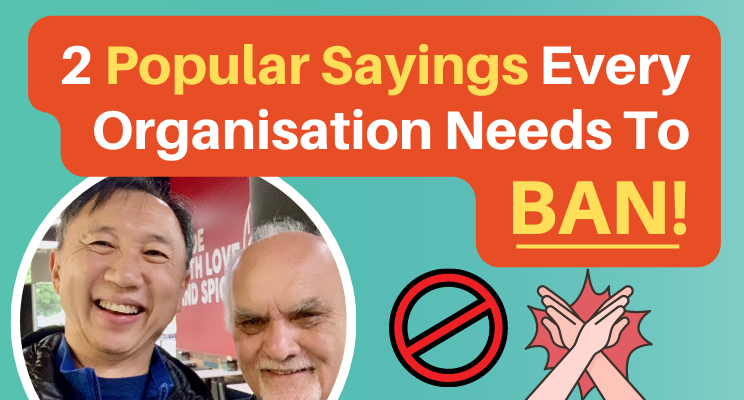

Imagine moving to a new organisation or role. You see how some things could be done better and share this with your colleagues. Only to be told “that’s how it’s always don’t around here”. Sounds familiar? And how did you feel when that happened? If you’re anything like many others we’ve interviewed through our journey of helping organisations create innovative, growth-oriented cultures for the past 17 years, soon enough it’ll start to feel like you’re butting heads against a brick wall. And then one day, you just think “why bother????”. And right at that moment, one of the most valuable opportunities you were brought into the organisation to create – to offer a fresh, unbiased take on how things could be done better – diminishes into the ether. Another victim of Groupthink.
In my opinion, the thinking “if it ain’t broke, don’t fix it” kills creativity and growth and does not belong in the lexicon of any organisation serious about remaining relevant and competitive. Change is the only constant and the surest path to obsolescence is a culture that isn’t constantly challenging the status quo and open to fresh ideas.
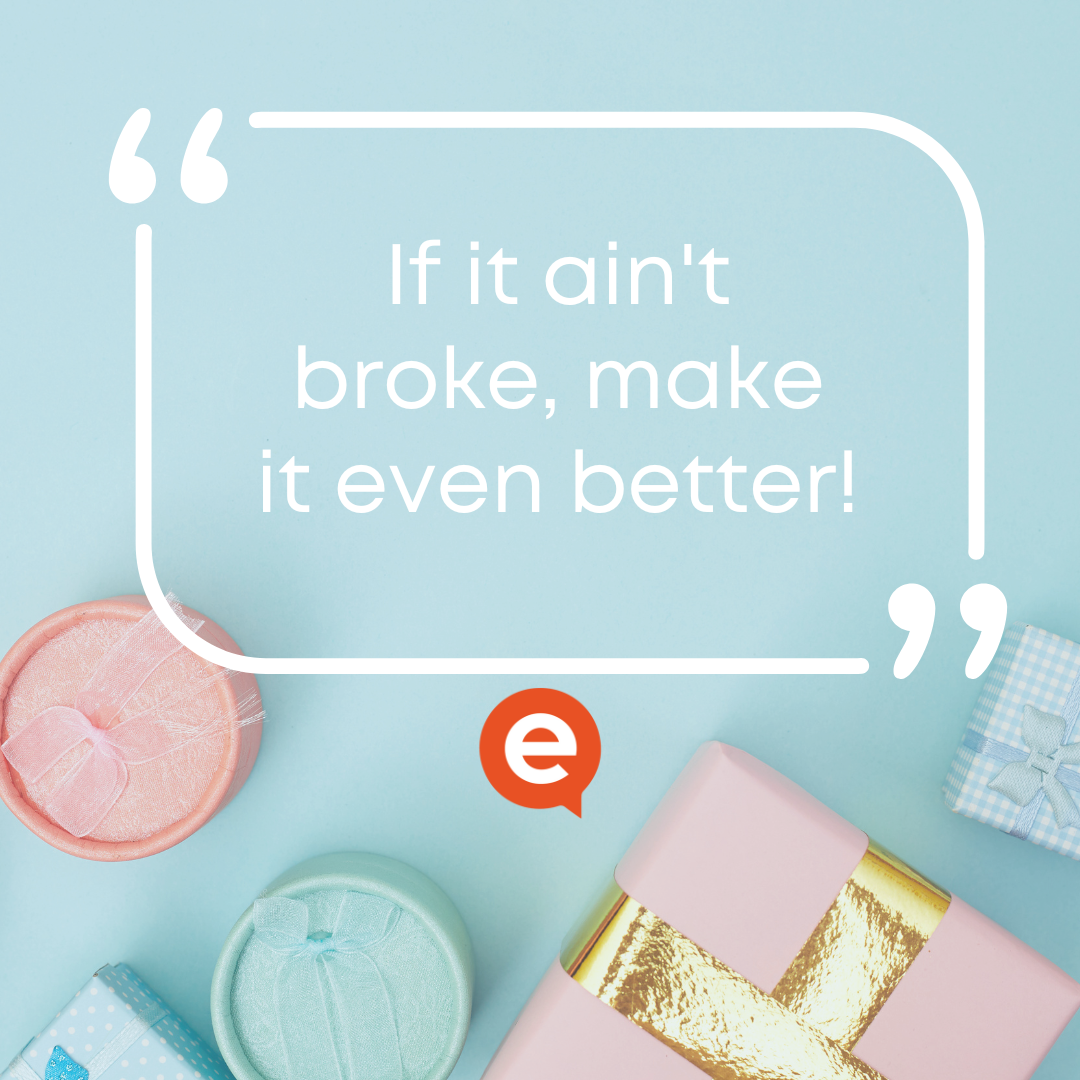
A few days ago, I had the absolute pleasure of catching up with an old friend, Mike Scutt. Mike was my New South Wales State Open badminton coach back in the day when I was a badminton nut and the badminton hall used to be my second home. Mike’s from the land of the long white cloud, a nation significantly more renowned for its All Blacks rugby team than for its’ badminton. Badminton in my motherland Malaysia, on the other hand was like cricket is to Indians and soccer to Brazilians. And so when Mike came to coach our team, whilst I was open-minded, I frankly wondered if there was much I’d learn.
The fact he wasn’t an exceptional player made me doubt his credentials even more. This was before I came to realise that a great player does not make a great coach and similarly, that one can be an exceptional coach without having first been a great player. And without disrespect to the many wonderful coaches I’ve had in Malaysia, Mike’s coaching really helped take my maturity in the sport to another level.
Mike was an amazing people manager. He was also an astute student of the game. And he also had a great deal of self-confidence and dedication to helping his charges find and fulfill more of their highest potential.

I remember our first team meeting. He pulled us together and simply shared with us that he was working with players of great talent and that he wasn’t sure if he had anything he could do to contribute to our growth. And that we should just continue to train and work hard and we’d do well. In short, “nothing was broken”.
For the first couple of sessions, all he did was to observe, ask a few questions and got us to play a few matches. He also took lots of notes. Looking back, I can see now he was doing a lot of rapport building and “seeking first to understand”, important pre-requisites to being a great influencer. Then one day, he started a session by asking us to warm up by doing some “shadow badminton”. After observing me going through my routine for about 5 minutes, he came up to me and asked, “Dom, what are you doing?”. I said, “Shadow badminton, like you’d asked me to”. He said “At that pace? And for that duration?”
I said that that was how I’d always been trained to do it. Since my youth, my coaches had gotten us to do shadow badminton that at times went for as long as 20 minutes, which can frankly feel like death through a thousand cuts! Well, not quite as bad as doing squat walks around a 400 meter park – that was simply brutal – but I digress. The conventional wisdom with my Malaysian coaches was “no pain, no gain”. It was all about endurance. These drills were often excruciating, and boring! And because we knew we had to do it for that duration, we often simply went through the motions and at a pace that would help us “last the distance”. He shared with me that the average badminton rally went for 12 seconds and reminded me that the sport of competitive badminton was about short sharp bursts of explosive speed. And that instead of one 20-minute routine, perhaps it made more sense to simulate real life tournament conditions and do e.g. 20 explosive 20-second drills and level 20 intensity.
????????????? Now why hadn’t I thought of that????
I’ve come to learn that most of us “sleep walk” through life and work. Yes, I was guilty of chasing success the old “bum up, heads down” way, ticking off one to-do list after another and never making enough time to just think and to work on instead of in the business. To reflect on how and why we do things and question if there could be a better way to achieve an outcome. Which is why training your people in your organisation to have a growth-mindset, to be open-minded about learning, to invite feedback on blind spots and to create a psychologically safe space for people to speak up and challenge the norm is critical to your team not just staying relevant but being even better and more competitive each and every day!
Mike made an indelible impact on my game in that one year. I understood the sport so much better, became even more effective and efficient in my training and most importantly, he thought me to think more deeply about how and why I did what I did and to be hungry to seek out better ways. He turned me from a player to a student of the sport. And it’s carried over to my life and made it all the better and even more enriching.
So my question for you today. What are you and your organisation doing to create a culture with a growth-mindset and that cultivates innovation, challenges norms and always seeks to do even better? Love to hear your thoughts. Please do share it below. And as always, make it the most extraordinary day you deserve.


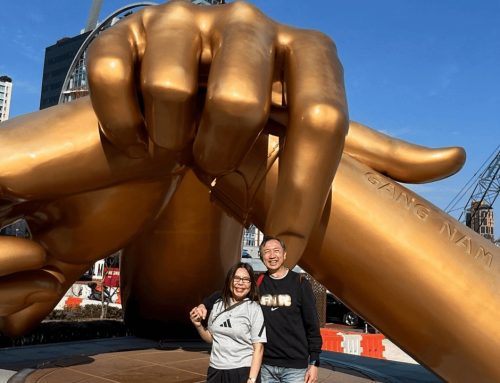

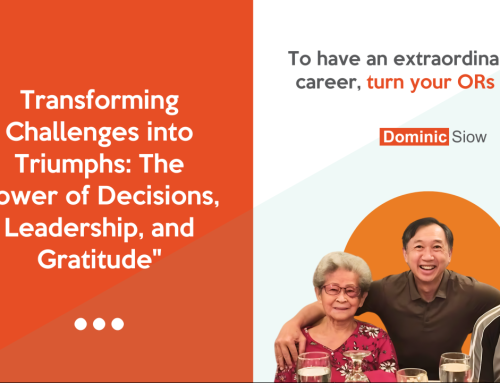

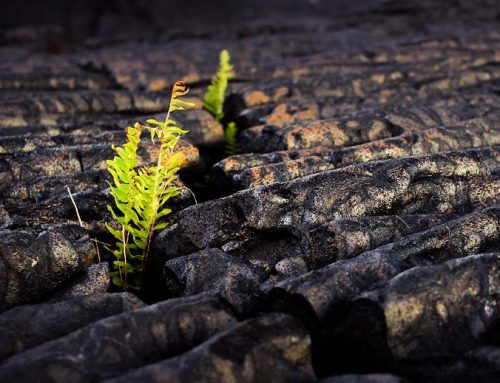
Leave A Comment